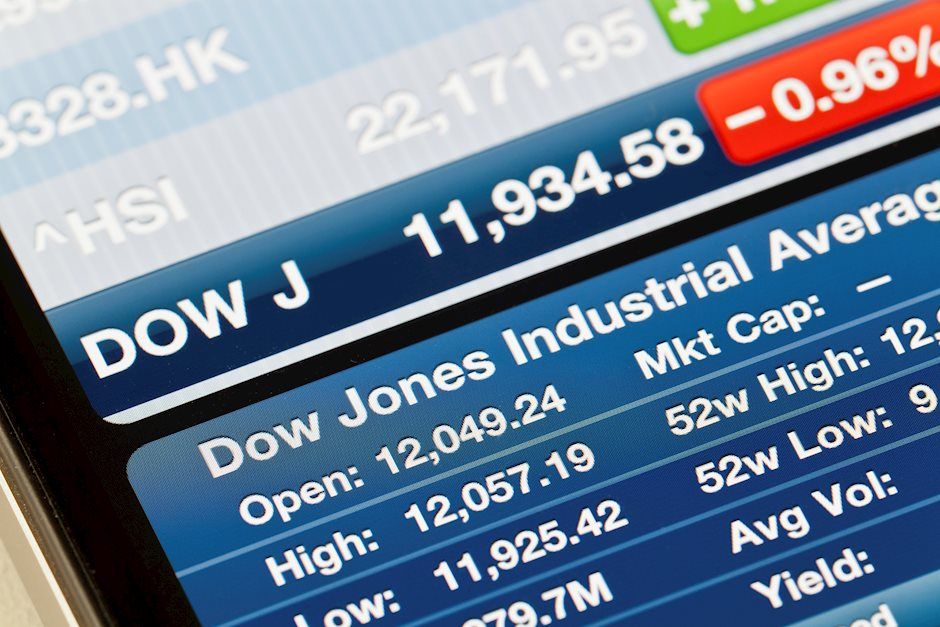Dow Jones Industrial Average rises 200 points into another record on Monday
- The Dow Jones found a fresh all-time peak at the start of the week.
- Investors have leaned firmer into risk appetite ahead of a hefty earnings week.
- The Dow Jones has gained over 12% from August’s swing low.

The Dow Jones Industrial Average (DJIA) climbed to another record high on Columbus Day Monday, testing above the 43,000 handle and poised to enter a sixth consecutive week in the green. Wall Street is geared up for a hectic earnings reporting week, and this week’s US data docket is a smattering of mid-tier Federal Reserve (Fed) policymaker appearances with key US Retail Sales figures slated for Thursday.
JPMorgan Chase (JPM) and Wells Fargo (WFC) kicked off earnings season late last week on the high side, and markets are hoping for more of the same from the rest of the banking sector. Bank of America (BAC) and Goldman Sachs (GS) will be reporting Q3 earnings on Tuesday, joined by pharma giant Johnson & Johnson (JNJ). Morgan Stanley (MS) will round out finance sector earnings on Wednesday alongside United Airlines (UAL), with Walgreens Boots Alliance (WBA), Netflix (NFLX), and Proctor & Gamble (PG) due later in the week.
Dow Jones news
Despite a firm leg higher into bull country, the Dow Jones was relatively balanced during Monday’s US market session, with roughly half of the equity index’s constituent securities testing into the red. Losses were lead by Caterpillar (CAT) which fell nearly 2% and slipped below $395 per share as construction stocks waffle following a notable lack of gunpowder behind recently-announced Chinese stimulus measures meant to bolster China’s lagging housing and construction markets.
On the high side, Travelers Companies (TRV), Unitedhealth Group (UNH), and Mcdonald’s (MCD) are competing for the top spot, with all three companies rising around 1.5%. Travelers Companies rose to $240 per share, with Unitedhealth crossing above $606 per share and McDonald’s climbing toward $310 per share.
Dow Jones price forecast
The Dow Jones continues to push through key resistance levels and extend bullish momentum into record levels. With the Dow breaking through September’s technical barriers and crossing over 43,000, the next target for bulls will be the 44,000 psychological level.
The Dow Jones has gained nearly 8% from September’s swing low into the 50-day Exponential Moving Average (EMA), rallying firmly from a test of the 40,000 handle. The major equity index continues to grind out chart paper north of the 200-day EMA rising into 39,400, and bidders have refused to let price action touch the long-run moving average since November of 2023, when the Dow Jones was grappling with 34,000.
Dow Jones daily chart

Fed FAQs
Monetary policy in the US is shaped by the Federal Reserve (Fed). The Fed has two mandates: to achieve price stability and foster full employment. Its primary tool to achieve these goals is by adjusting interest rates. When prices are rising too quickly and inflation is above the Fed’s 2% target, it raises interest rates, increasing borrowing costs throughout the economy. This results in a stronger US Dollar (USD) as it makes the US a more attractive place for international investors to park their money. When inflation falls below 2% or the Unemployment Rate is too high, the Fed may lower interest rates to encourage borrowing, which weighs on the Greenback.
The Federal Reserve (Fed) holds eight policy meetings a year, where the Federal Open Market Committee (FOMC) assesses economic conditions and makes monetary policy decisions. The FOMC is attended by twelve Fed officials – the seven members of the Board of Governors, the president of the Federal Reserve Bank of New York, and four of the remaining eleven regional Reserve Bank presidents, who serve one-year terms on a rotating basis.
In extreme situations, the Federal Reserve may resort to a policy named Quantitative Easing (QE). QE is the process by which the Fed substantially increases the flow of credit in a stuck financial system. It is a non-standard policy measure used during crises or when inflation is extremely low. It was the Fed’s weapon of choice during the Great Financial Crisis in 2008. It involves the Fed printing more Dollars and using them to buy high grade bonds from financial institutions. QE usually weakens the US Dollar.
Quantitative tightening (QT) is the reverse process of QE, whereby the Federal Reserve stops buying bonds from financial institutions and does not reinvest the principal from the bonds it holds maturing, to purchase new bonds. It is usually positive for the value of the US Dollar.
Author

Joshua Gibson
FXStreet
Joshua joins the FXStreet team as an Economics and Finance double major from Vancouver Island University with twelve years' experience as an independent trader focusing on technical analysis.

















